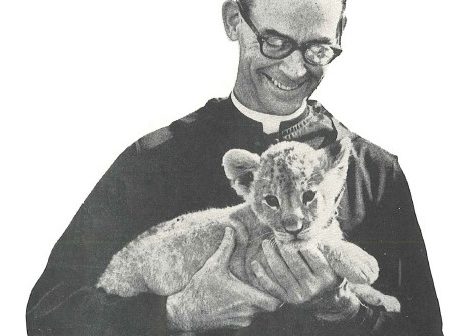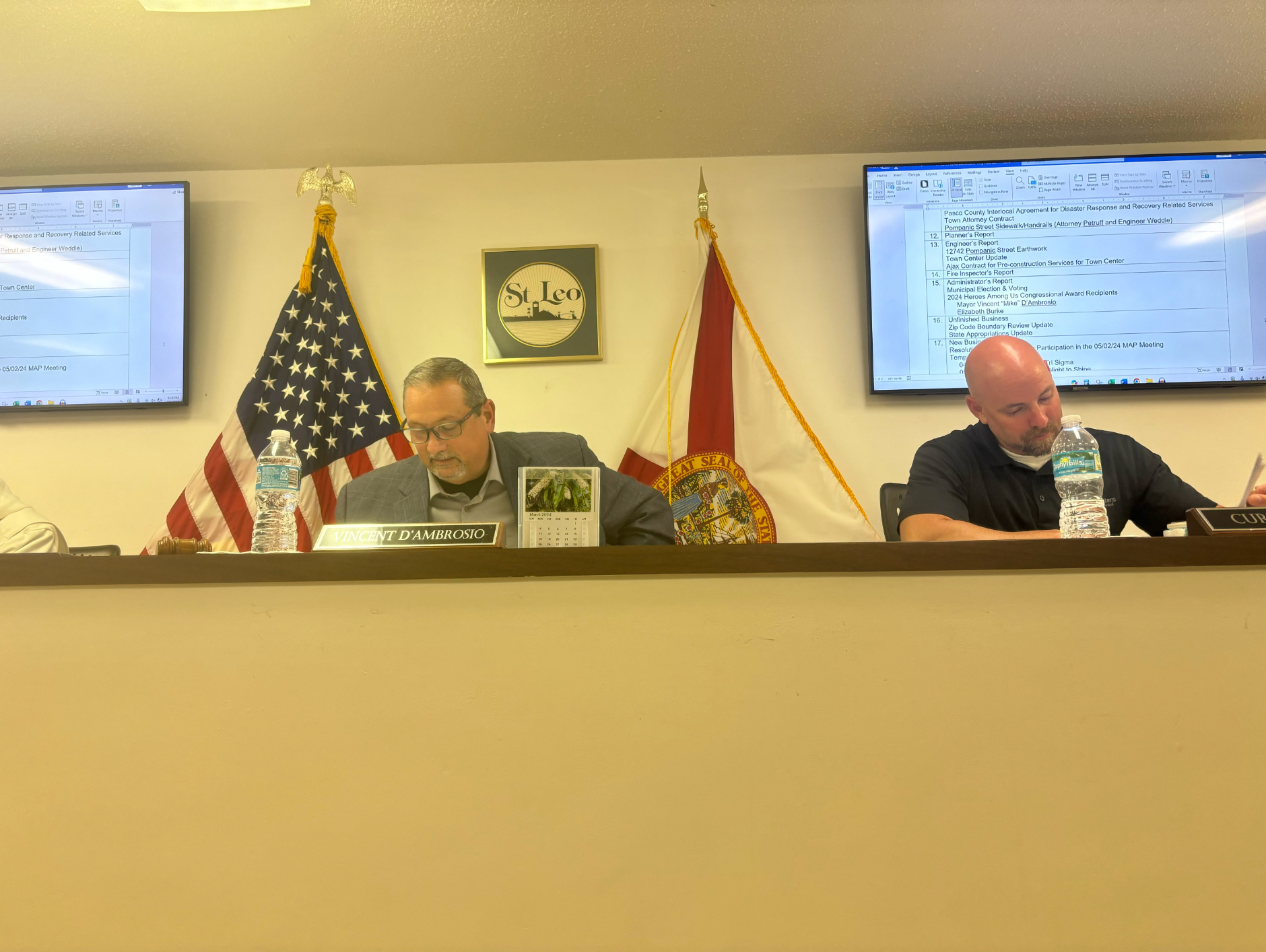By Nicholas Santos, Staff Writer
Have you ever wondered how certain things came to be? Now that the University has reached its 125th anniversary, thoughts are being pointed to the school’s physical growth and academic history – how it all started. However, this article will explore the origins of two features of the SLU community that may not be on everyone’s minds.
The Student Paper
The student paper – or so it’s called today, The Lions’ Pride Newspaper – has been the main chronicle of student and campus life since 1913, when the first student newspaper, called “St. Leo’s,” was published. According to “Pioneer College,” the paper had originally started as a monthly publication and eventually became a semi-annual publication following a drop in its popularity.
This first paper lasted until 1924. In 1926, a junior-operated publication began to be published. This publication was called “Junior Spasms,” and this was the title of what would eventually become “Junior Chronicle:” a publication that appeared weekly in other newspapers from around the Saint Leo area. The name was changed from “Junior Spasms” to “Junior Chronicle” after just the first publication; the reasoning behind this, also according to “Pioneer College,” is that the name did not “catch on.”
By 1931, the “Junior Chronicle” had evolved into a bimonthly, school-exclusive paper. The paper was printed by the Abbey Press in the standard newspaper format, and, for some time, was changed into a pamphlet for financial reasons during the Great Depression. Each issue cost 50 cents to purchase. “Junior Chronicle” was a highly professional paper; it regularly won honors from the Catholic School Press Association and even won the International First Place award from the Quill and Scroll Society during its running time.
Eventually, the “Junior Chronicle” had merged with Brother Bernard Aurentz’ own publication, “News Report to the Friends of Saint Leo,” which was a publication that focused primarily on the Abbey. This merging led to the “Junior Chronicle” further evolving into “Saint Leo Chronicle-Reporter” in 1960, as well as the evolution of the paper’s audience and coverage; it now included stories from both the Abbey and from student life.
Following the creation of a broader newspaper, the student paper continued to evolve as a bimonthly issue and went through many different names. These include: “The Monarch,” “The Lion,” “Lion’s Tale,” “The Independent Monarch,” and, currently, “The Lions’ Pride.”
Since The Lions’ Pride Newspaper’s creation in 2001, the paper has in recent years become a weekly issue.
Community Service Day
When Father Stephen Herrmann became the second president of the newly evolved Saint Leo College in 1961, he created a community service program that, he believed, would allow for the school’s students to embrace the significance of community values. In the program, all students who attended the school were required to serve at least four hours of community service every week on the campus. The community service was unpaid and did not allow for students to miss class. Students had the choice to work anywhere on campus; for example, students could choose to work as librarians for an hour each day, tidying up the library and sorting books.
According to Sister Dorothy Neuhofer, University Archivist and Special Collections Librarian, the community service program involved many people – not just the students. In order to make sure that students would get their community service hours done, supervisors were enlisted to watch over groups of students. These supervisors themselves had other, overall supervisors who they reported to.
It was because of all the people involved, however, that the program eventually got out of hand. It took a lot of manpower to watch over students and ensure that they would work the required four hours per week; the ever-growing number of faculty, staff, and students also did not help matters. The program eventually ceased functioning towards the late 1960s.
Today’s Community Service Days are a spiritual successor of sorts to Father Herrmann’s program. Currently, Community Service Day is an event that occurs twice a year – once per spring semester and once per fall semester. Unlike the community service program created by Father Stephen Herrmann, Community Service Day is entirely optional and allows for students to spend a day out of class – after signing up – to serve the community. This year, volunteers for Community Service Day visited East and Central Pasco Habitat for Humanity, the Pioneer Florida Museum and Village, and various schools, animal shelters, and nursing homes, according to Saint Leo University’s website





